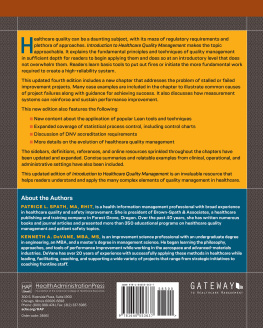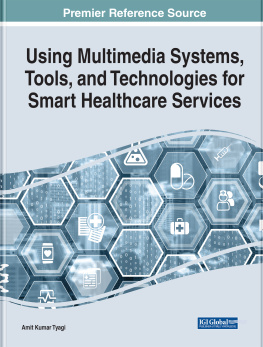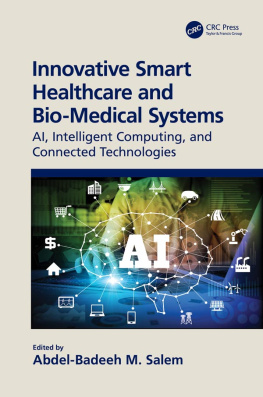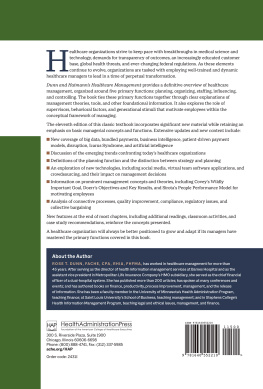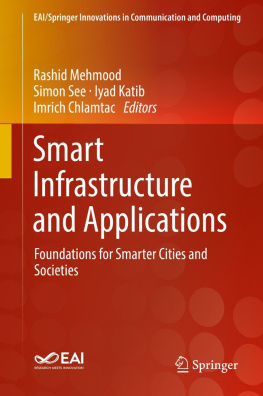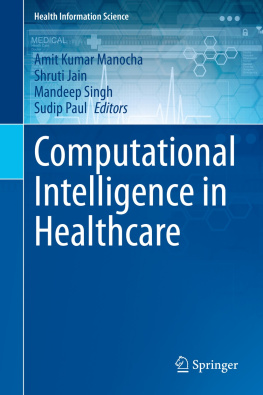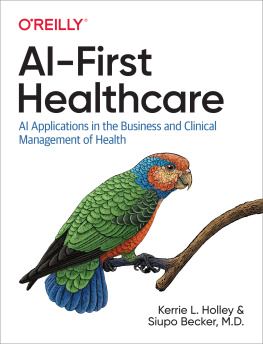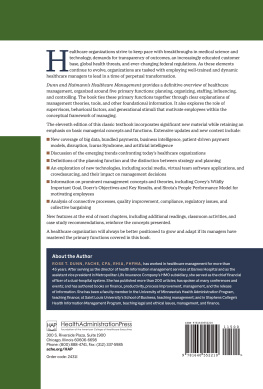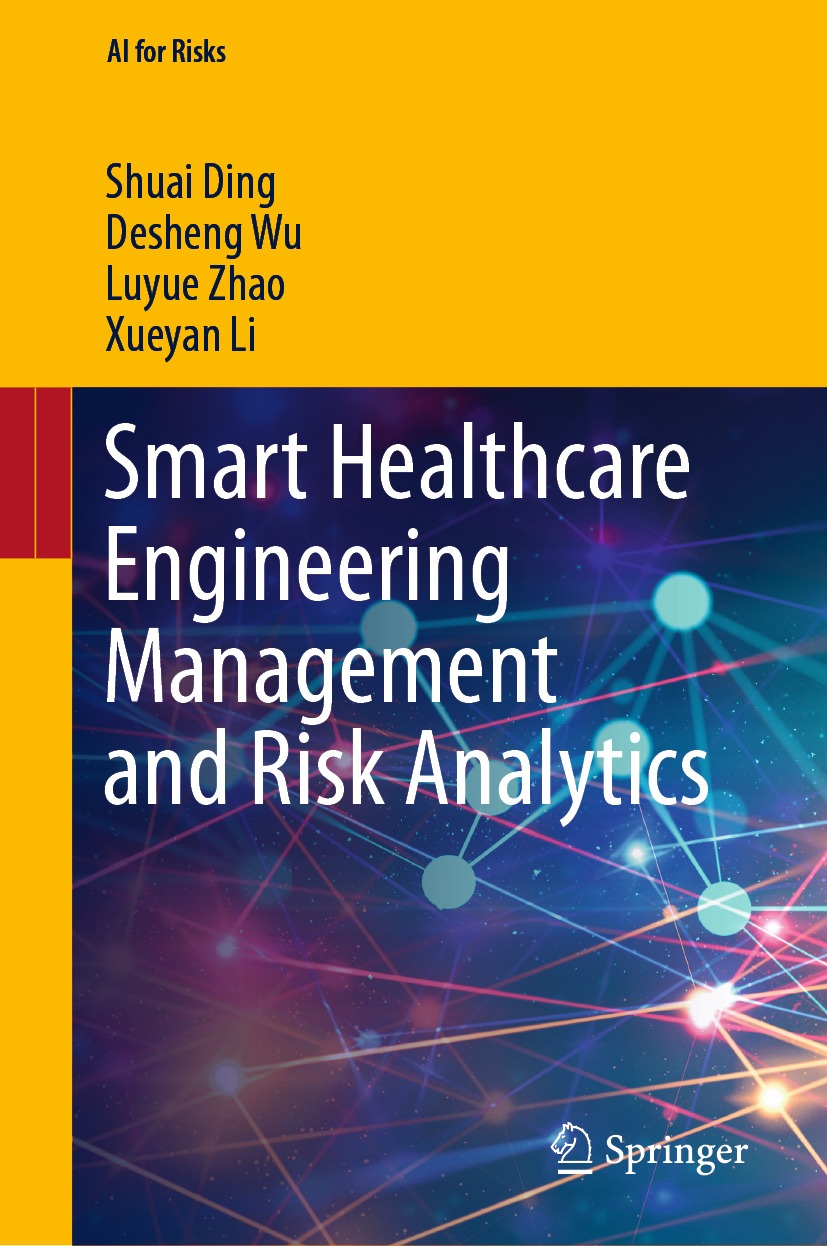AI for Risks
Series Editors
Desheng Dash Wu
Heidelberg, Baden-Wrttemberg, Germany
Jim Lambert
University of Virginia, Charlottesville, VA, USA
David L. Olson
Department of Management, University of NebraskaLincoln, Lincoln, NE, USA
Risks are widespread in human society, such as in the financial field (various investment risks), in technical fields (risks brought by emerging technologies), in social fields (political risks), and in all aspects of our lives (health risks, natural environment risks, etc.) At the same time, the inherent links between various risks generate systemic risks. The major challenge today is not to deal with new types of risks, but to focus more on those risks that are difficult to distinguish effectively and timely, or risks that have emerged in a different way from the past.
This series of books aims to strengthen discussions on frontier hot topics across disciplines, that is, using AI technologies to solve risks problems that exist in the environment, healthcare, technology, and financial fields. The scope of it focuses on the implementation of artificial intelligence technology in dealing with risks, such as risk prediction, assessment, and mitigation. It includes monographs, edited volumes, textbooks and proceedings etc. on the application of artificial intelligence in risk management in the fields of social media, healthcare, the public sector, financial technology, and regulatory technology.
Shuai Ding , Desheng Wu , Luyue Zhao and Xueyan Li
Smart Healthcare Engineering Management and Risk Analytics

The Springer logo.
Shuai Ding
School of Management, Hefei University of Technology, Hefei, Anhui, China
Desheng Wu
School of Economics and Management, University of Chinese Academy of Sciences, Beijing, China
Luyue Zhao
School of Management, Hefei University of Technology, Hefei, Anhui, China
Xueyan Li
School of Management, Hefei University of Technology, Hefei, Anhui, China
ISSN 2731-6327 e-ISSN 2731-6335
AI for Risks
ISBN 978-981-19-2559-7 e-ISBN 978-981-19-2560-3
https://doi.org/10.1007/978-981-19-2560-3
The Editor(s) (if applicable) and The Author(s), under exclusive license to Springer Nature Singapore Pte Ltd. 2022
This work is subject to copyright. All rights are solely and exclusively licensed by the Publisher, whether the whole or part of the material is concerned, specifically the rights of translation, reprinting, reuse of illustrations, recitation, broadcasting, reproduction on microfilms or in any other physical way, and transmission or information storage and retrieval, electronic adaptation, computer software, or by similar or dissimilar methodology now known or hereafter developed.
The use of general descriptive names, registered names, trademarks, service marks, etc. in this publication does not imply, even in the absence of a specific statement, that such names are exempt from the relevant protective laws and regulations and therefore free for general use.
The publisher, the authors, and the editors are safe to assume that the advice and information in this book are believed to be true and accurate at the date of publication. Neither the publisher nor the authors or the editors give a warranty, expressed or implied, with respect to the material contained herein or for any errors or omissions that may have been made. The publisher remains neutral with regard to jurisdictional claims in published maps and institutional affiliations.
This Springer imprint is published by the registered company Springer Nature Singapore Pte Ltd.
The registered company address is: 152 Beach Road, #21-01/04 Gateway East, Singapore 189721, Singapore
Preface
The dawn of a new era of healthcare services could already be observed at the horizon. Several different types of new healthcare models have been explored and documented by the industry and academia, such as Intelligent Healthcare, Internet Healthcare, eHealth, mHealth, Telemedicine, Remote Healthcare, Internet of Healthcare Things, Digital Healthcare, and Healthcare 4.0. These new forms of healthcare, characterized by the utilization of various next-generation information technologies, could be abbreviated by Smart Healthcare. The definition of Smart Healthcare is to achieve personalized, intelligencified, and interconnected healthcare services through the utilization of next-generation information technologies. Through the interconnection of data, high-speed and timely sharing of information, healthcare knowledge generation, and knowledge-driven services, the efficiency of the healthcare system could be drastically improved in all aspects, especially quality, efficiency, and capacity.
With the extraordinary speed of innovation, many systems with the essence of Smart Healthcare have already been put into application in hospitals, community clinics, and personal spaces. For example, remote/intelligent hospital guidance service, provided by web-enabled services and robots, has been implemented in many large healthcare institutions. Health monitoring applications on smartphones and wearable devices are widespread. Diagnostic supporting systems utilizing machine learning and deep learning are gaining popularity. Through the implementation of smart-connected healthcare services, these systems could demonstrate the characteristics of autonomous perception, reasoning, decision-making, and controlling. The general trends of new healthcare systems point to an organic combination of system engineering and management methodologies and next-generation information technologies.
While heavily heterogeneous in structures, the development, application, and popularization of such systems all share similar engineering principles and difficulties. Smart Healthcare systems mostly focus at specific healthcare scenarios, optimize the cost-efficiency of healthcare operations, and are the fusion of medical science, information technologies, and management science. The scientific problems they face are also similar: the governance and utilization of cross-domain data, the coordination between different service processes, and the analytics and control of risks. The functionalities of such systems could all be further enhanced through connectivity-driven cooperation with other healthcare systems. These homogeneous engineering principles and scientific problems are what consist of smart healthcare engineering management, and the illustration and analytics of such are the core and main purpose of this book.
Through the process of Smart Healthcare Engineering Management, one of the most important aspects is the existence of risks. While risks also exist in any other system, the risks in Smart Healthcare lean more towards aviation and industry safety than business and finance. The fact that healthcare is directly responsible for life-saving made it more prone to life-losing risks, which could not be remedied after the life-losing event happens. The qualification, quantification, alleviation, and prevention of risks, or risk analytics in Smart Healthcare, are thus completely different than many traditional concepts such as risk management and risk analysis. Smart Healthcare Engineering Management and risk analytics need to accompany each other through its lifecycle, thus the name and the structure of this book.


